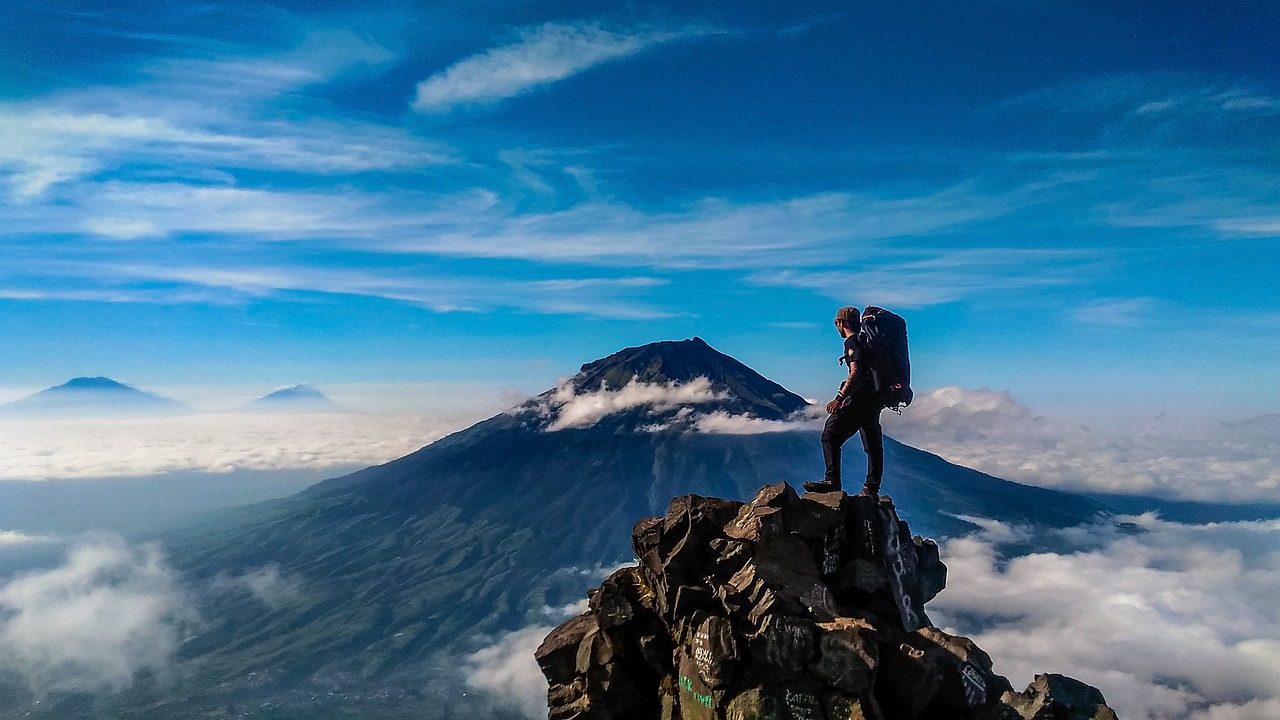Photography is more than just a way to capture images; it is a powerful medium for artistic expression and a window into the photographer&8217;s mind. Let&8217;s explore how photography acts as a creative outlet.
The Essence of Photography
Photography, at its core, is the art of capturing light and times. Unlike any other medium, it allows us to freeze moments, conjuring both permanence and ephemerality. More than a simple snap, each photograph carries a narrative, or an emotion immortalized in pixels. For many, it’s an introspective journey to unravel the world’s splendor, sadness, and simplicity. The camera doesn’t merely capture reality; it refracts the photographer&8217;s perspective, turning mundane scenes into poetic visuals. This transformative power exemplifies the artistry in what many consider a mechanical process, elevating photography into a profound form of personal expression.
Self-Expression Through the Lens
A photograph, often seen as a final product, is more importantly a window into the photographer’s psyche. What one chooses to capture—be it people, landscapes, or abstract patterns—communicates personal values, feelings, and thoughts. For example, street photography can reveal an affinity for spontaneity and life&8217;s unpredictable moments, while staged portraits may reflect a fascination with human nature and emotions. The process becomes a dialogue between the subject and the creator, facilitating self-discovery and expression. Decoding these visual languages adds an interpretative layer to the art, where each click of the shutter releases a fragment of the inner self into the world.
The Technical and Artistic Synergy
While the technical aspects of photography—such as composition, lighting, and post-processing—are critical for creating visually appealing images, it’s the blend with artistic elements that truly breathes life into the photograph. Mastering the technical side frees the photographer to focus on the story they wish to tell. The rule of thirds, for instance, helps align the shot, but it’s the photographer’s unique viewpoint that imbues the image with depth and meaning. This synergy between technical prowess and artistic vision distinguishes compelling photographs, turning a routine activity into a sophisticated art form.
Photography as Therapy
In today&8217;s fast-paced world, photography serves not just as an art form but also as a therapeutic escape. The act of slowing down to observe and photograph one&8217;s surroundings can be meditative, encouraging mindfulness and reducing stress. Engaging with the creative process allows photographers to channel their emotions into something tangible, facilitating mental and emotional well-being. Whether taking photos of serene landscapes to find peace or documenting personal challenges to process emotions, photography provides an emotional outlet that can lead to healing and growth.
Community and Connection
Photography also fosters community and connection, allowing people from diverse backgrounds to share their perspectives and experiences through visual storytelling. Online platforms and photography clubs bring together enthusiasts and professionals, creating spaces for critique, inspiration, and collaboration. These interactions enrich the photographer’s journey, offering new insights and fostering a sense of belonging. Through workshops, exhibitions, and social media, photographers can build networks and friendships that transcend geographical barriers, uniting them in a shared passion. This communal aspect turns photography into a social enterprise, strengthening its role as a unifying artistic medium.
The Evolution of Photographic Technology
Technological advancements have revolutionized the way we approach photography, democratizing the art form and making it more accessible than ever. The transition from film to digital has drastically reduced costs and eliminated the need for complex darkroom processes. Smartphones have put powerful cameras in the hands of millions, turning everyday moments into potential masterpieces. Innovations in editing software allow for creative flexibility previously reserved for professionals. This evolution not only enhances the technical quality of images but also expands opportunities for creative experimentation, ensuring that anyone, regardless of their background, can engage in the art of photography.
The Future of Photography as Art
As we look to the future, the possibilities for photography as an art form continue to expand. The integration of artificial intelligence and machine learning opens new avenues for creativity, automating mundane tasks and offering novel ways to manipulate images. Virtual and augmented reality offer immersive experiences, transforming how we consume and create photographic art. These advancements, coupled with ongoing experimentation and deepening of traditional techniques, promise to push the boundaries of what photography can accomplish. As technology and creativity merge, the art of photography will continue to evolve, offering endless opportunities for those who seek to capture the world through their unique lens.
In summary, photography stands as a multidimensional medium encompassing technical skill, artistic prowess, personal expression, and communal connection. It offers an accessible yet profound pathway to explore and share the human experience, making it a versatile and deeply fulfilling creative outlet.
